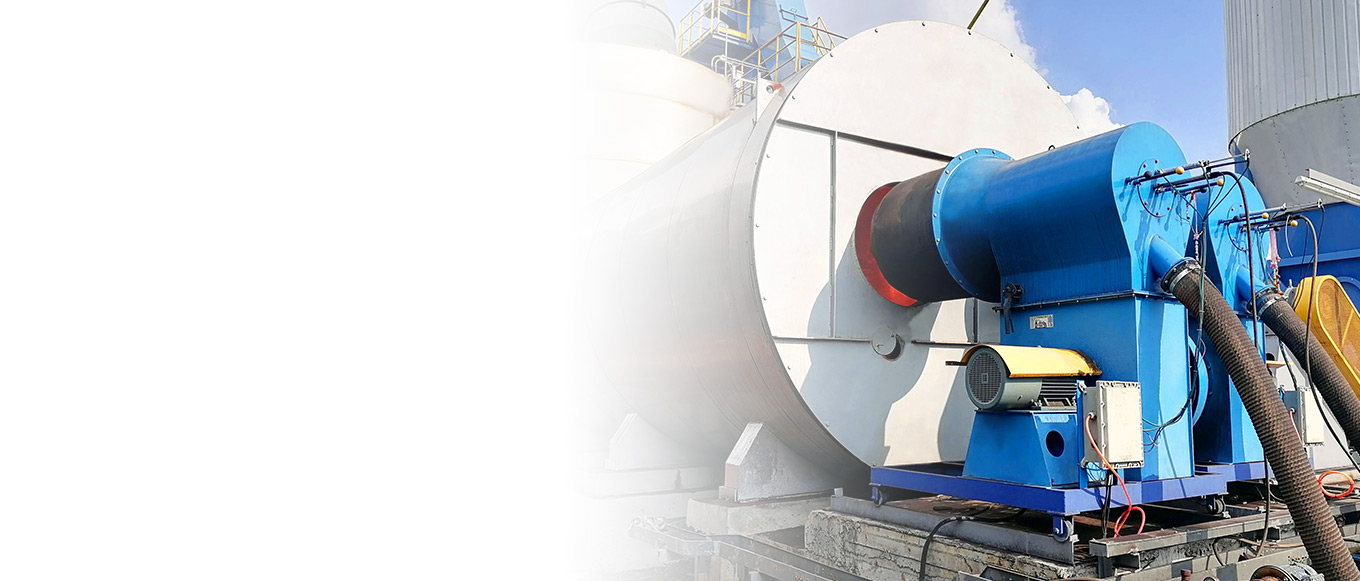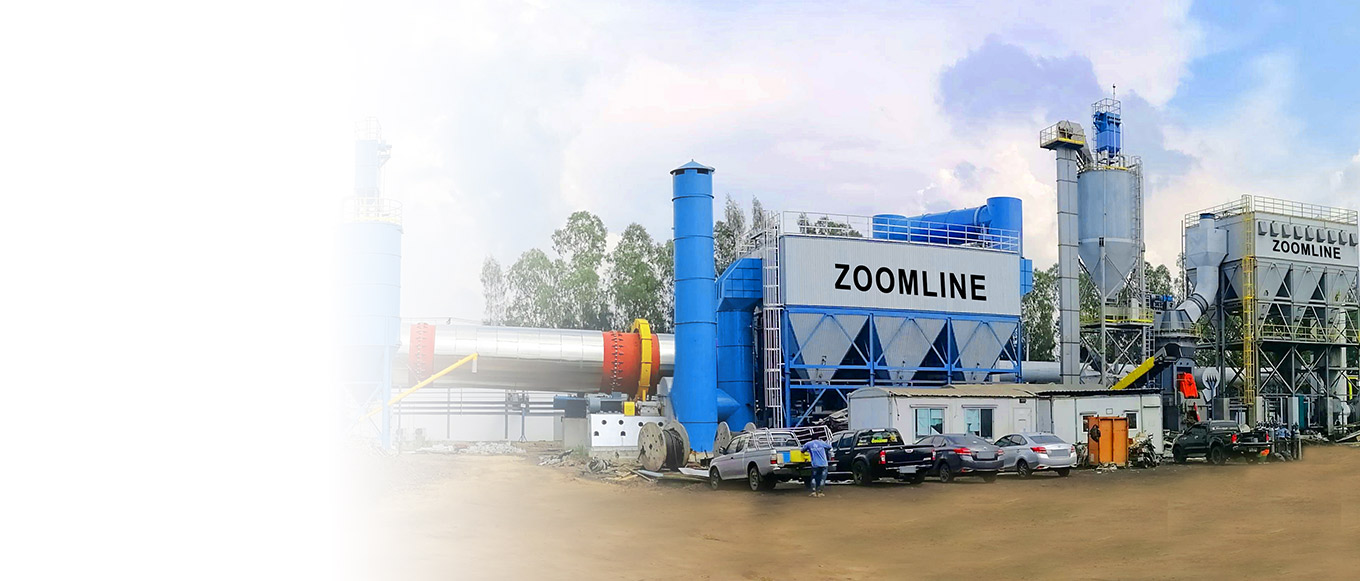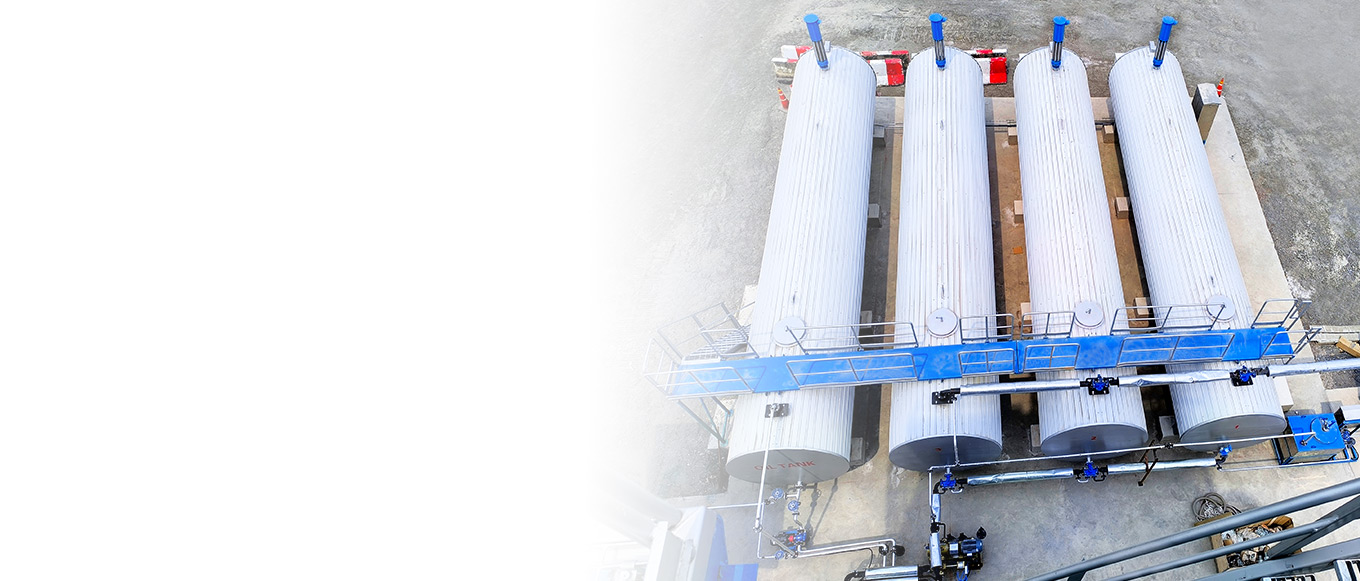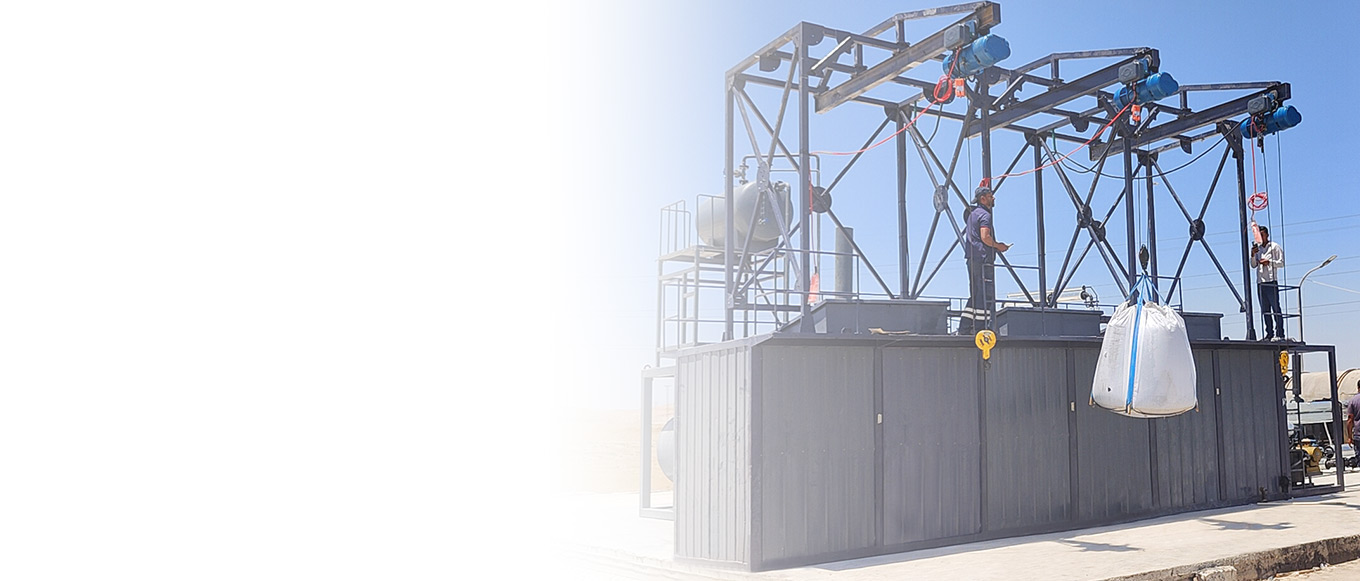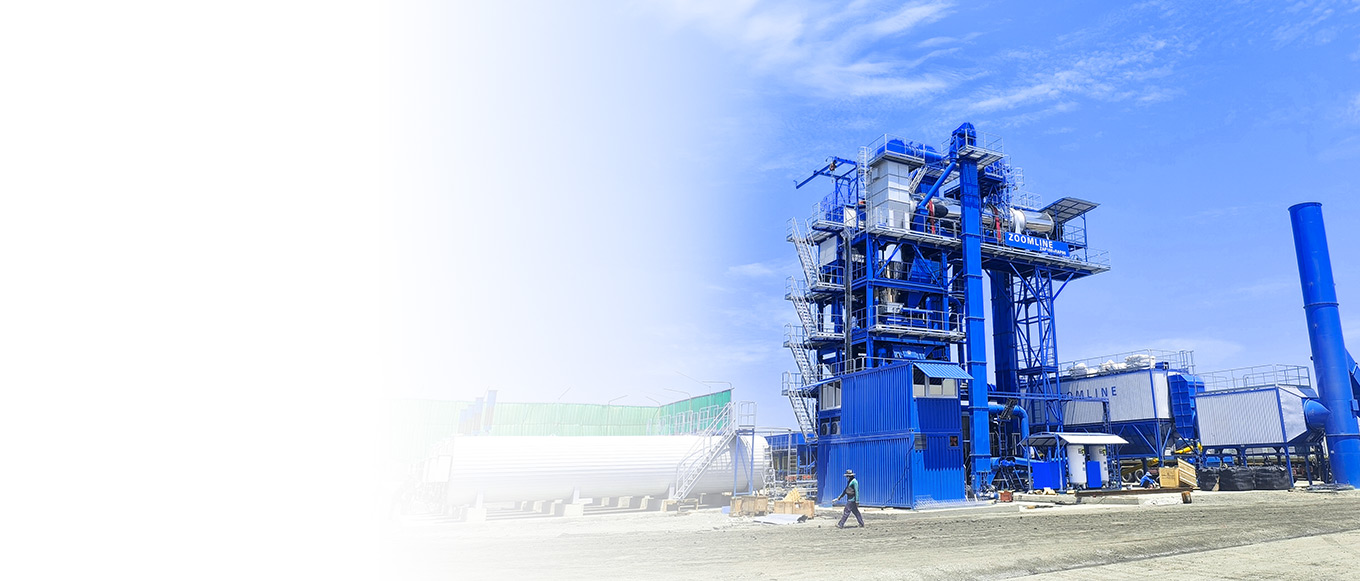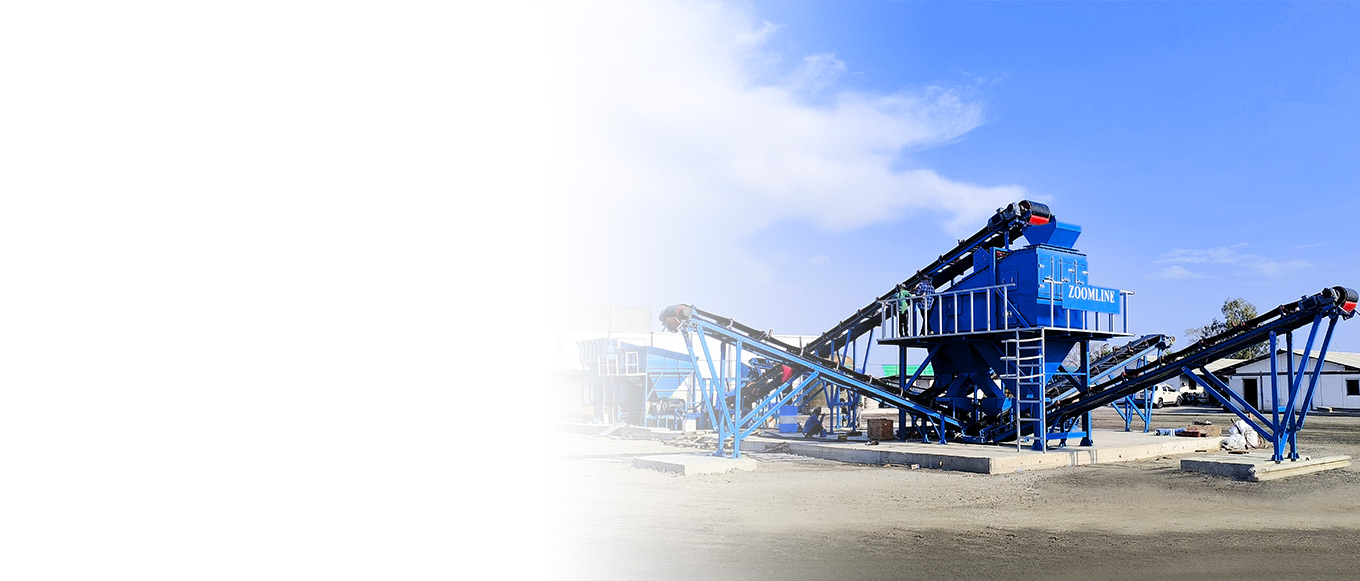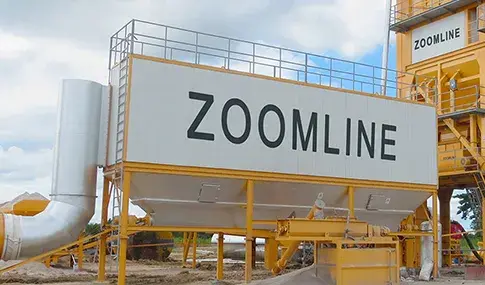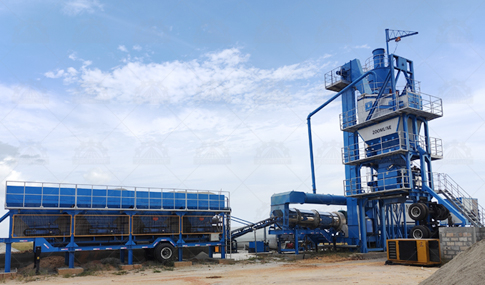In modern asphalt production equipment, the dryer drum undoubtedly plays the “heart” role. It is responsible for heating and drying cold, wet aggregate to a precise temperature, providing qualified material for subsequent asphalt coating. Its performance is directly related to the quality of the asphalt mixture, the equipment’s energy consumption, and environmental performance. This article will provide an in-depth understanding of the various aspects of the dryer drum from an engineer’s perspective.

Production Process: The Starting Point of Precision Manufacturing
Drying drums operate in an environment characterized by high temperatures (the drum’s inner wall is exposed to 180-220°C hot airflow for extended periods), impact (aggregate continuously impacts the inner wall), and wear (sand and gravel friction). Therefore, the production process must prioritize high reliability, with every step requiring precise control.
Drying drum production is a precision process that integrates materials science, welding technology, and machining.
Design and Cutting
First, 3D modeling and mechanical calculations are performed based on customer requirements (production volume, fuel type, etc.) to determine the drum’s diameter, length, wall thickness, and internal structure.
High-quality boiler steel plates are cut using a high-precision CNC plasma cutting machine to ensure accurate plate dimensions.
Rolling and Welding
The cut steel plates are rolled into a cylindrical shape using a large plate rolling machine. This is a critical process for ensuring the drum’s roundness and straightness.
Submerged arc welding is used for longitudinal seam welding of the drum, ensuring high weld strength, aesthetically pleasing shape, and defect-free finish. Multiple sections of the drum are then connected by circumferential welding to the desired length.
Internal Structure Installation
This is the heart and soul of the drying drum. Pre-bent lifting blades (or “lifting plates”) are welded to the inner wall of the drum at a specific angle and arrangement. The blade shape, number, and arrangement are carefully designed to maximize the aggregate spreading area and heat exchange efficiency.
The welds between the drive ring and roller (support wheel rail) are reinforced to withstand the enormous torsional and supporting forces.
Installation and Heat Treatment
Key components such as the roller, drive gear ring (or friction drive wheel), feed box, and discharge box are installed.
Large or critical components may require stress relief annealing to eliminate weld internal stress and prevent deformation during operation.
Surface Treatment and Painting
The drum exterior is sandblasted to remove all scale and impurities, and then sprayed with a high-performance heat-resistant and corrosion-resistant paint to withstand harsh outdoor operating environments.

Raw Drum Drying: A Classic Aggregate Drying Solution
Raw drum drying is specifically designed for heating and drying raw aggregates mined from nature. Based on the equipment’s mobility, it is primarily divided into two categories.
Mobile Drum Drying
Design Features: Typically integrated into mobile asphalt mixing plants. Its compact overall structure and relatively short length facilitate transport on trailers. It is typically integrated with a cold silo, burner, and other components on a mobile chassis.
Advantages: Its high flexibility allows for rapid site transitions, making it ideal for short-term or highly mobile projects such as highway maintenance and construction in remote areas.
Challenges: Due to limited transport size and weight, the output per unit is typically lower than that of similarly sized fixed equipment.
Fixed Drum Drying
Design Features: It is used in fixed asphalt mixing plants. Its size and capacity can be increased to achieve higher production efficiency and lower specific energy consumption. Its internal structure can be optimized, such as with a more complex blade arrangement to extend heat exchange time.
Advantages: High output, stable operation, high thermal efficiency, and enhanced environmental protection systems (such as bag filters). It is the preferred choice for large-scale engineering projects and commercial asphalt concrete production bases.
Challenges: High installation foundation requirements, long construction period, and immobility.

Regeneration Drying Drum: A Practitioner of the Circular Economy
With growing environmental awareness and increasingly scarce resources, asphalt pavement recycling technology has become widely adopted. The regeneration drying drum is the core of this technology.
Operating Principle: It differs significantly from the primary drying drum. To prevent excessive heating and degradation of the old asphalt in the recycled asphalt material (RAP), the regeneration drum is typically not exposed to direct high-temperature flames.
Main Structural Forms:
Sleeve-Type Regeneration Drum: The regeneration drum wraps around the primary drum like a “sleeve.” Heat from the primary drum radiates through the drum wall to heat the RAP, achieving low-temperature, indirect drying.
Parallel Regeneration Drum: A separate regeneration drum is installed in the exhaust duct of the primary drum, utilizing waste heat from the exhaust to dry and heat the RAP.
Technical Core: Precise temperature control and specialized exhaust gas treatment ensure effective utilization of the RAP while preventing the generation of secondary pollution such as blue smoke.

From Factory to User: The Equipment Life–cycle
A drying drum, from design and production to final installation, undergoes five steps: customized design – precise production – safe transportation – professional installation – training and after-sales service. Each step must prioritize user needs to ensure the equipment is user-friendly, durable, and reliable.
Production: Continuous Improvement
As mentioned in Part 1, the production process incorporates modern manufacturing technologies. Each step undergoes rigorous quality control, including ultrasonic testing and dimensional verification, to ensure reliable and durable products.
Shipping: Disassembly and Protection
Because drying drums are large components, they are typically disassembled into modular components for ease of transportation. The drum, rollers, gear rings, and inlet/outlet bins are packaged separately.
Highly machined surfaces (such as the rollers, gear ring meshing surfaces, and bearing seats) are adequately protected against rust and physical damage during transportation and lifting.
Installation: Precise On-site Assembly
Installation is crucial to the smooth operation of the equipment.
Foundation Acceptance: First, verify the levelness and elevation of the concrete foundation to ensure it meets design requirements.
Wheel and Roller Installation: Precisely install the supporting roller assembly, adjusting its angle and center distance so that the rollers sit smoothly on the rollers.
Cylinder Assembly: Hoist the cylinder segments onto the rollers, perform on-site girth welding, and ensure the straightness and coaxiality of the entire drum.
Drive System Installation: Install the reduction motor, pinion, and other components, and adjust the meshing clearance with the drum gear ring to ensure smooth and impact-free transmission.
Sealing System Installation: Install sealing devices at the feed and discharge ends. This is crucial for preventing air leakage, maintaining negative pressure, and ensuring thermal efficiency.

Operation: The Art of Operation and Maintenance
Proper operation and maintenance are essential for extending the life of the equipment.
Startup and Shutdown: Follow the “no-load start and no-load shutdown” principle to prevent deformation of the cylinder due to uneven heating and cooling or uneven load.
Daily Inspection: Check the wear of the supporting rollers and retaining rollers, listen for any unusual noises during operation, and verify the integrity of the seals.
Regular Maintenance:
Lubrication: Regularly add the specified brand of lubricant/grease to lubrication points such as the supporting roller bearings and reducer.
Tightening: Inspect and tighten the anchor bolts and welds of the internal blades.
Cleaning and Anti-corrosion: Promptly clean dust from the cylinder exterior and repaint any damaged paint.
Conclusion
The drying drum, a seemingly bulky steel cylinder, actually holds a world of its own. From its precise factory manufacturing to its flexible and diverse structural forms, to its rigorous on-site installation and meticulous daily maintenance, every step embodies the wisdom of engineering technology. As a road construction equipment engineer, a deep understanding and respect for every detail of this equipment is the foundation for ensuring the quality and durability of every road we build.



